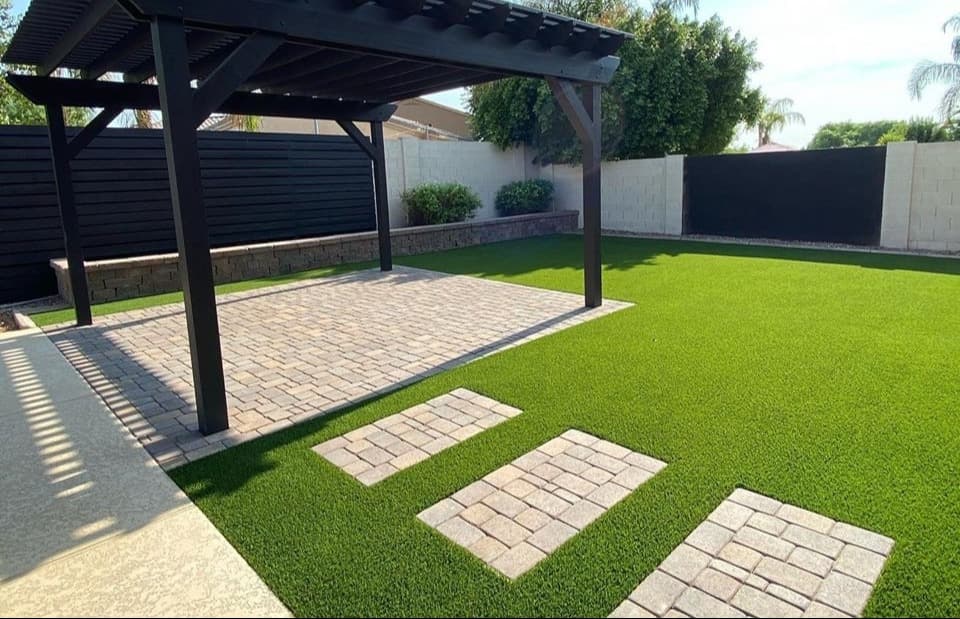
Imagine transforming your backyard into a verdant oasis, a lush green escape where you can relax and unwind. But the question that often perplexes many is: Can you lay turf straight on soil? This guide will unravel the secrets to successful turf installation, ensuring your lawn becomes the envy of the neighborhood. We’ll delve into the nitty-gritty of soil preparation, laying techniques, and post-installation care. So buckle up as we embark on this journey of turning soil into a sanctuary.
Picture building a house on a shaky foundation—unthinkable, right? Similarly, laying turf without proper soil preparation is setting yourself up for disappointment. The soil is the bedrock upon which your lawn’s health and vitality depend. Ignoring this crucial step is like planting seeds in barren land.
Proper soil preparation ensures that your turf has the nutrients and structure it needs to thrive. According to the USDA, healthy soil promotes robust root growth, improves water retention, and reduces susceptibility to diseases. In essence, it lays the groundwork for a resilient and vibrant lawn.
Laying turf is akin to rolling out a green carpet. However, this seemingly straightforward task requires precision and care. Follow these steps for a flawless installation:
Start by measuring the area where you intend to lay the turf. This helps you determine how much turf you need and minimizes wastage.
Water the prepared soil lightly. Moist but not soggy soil provides an ideal environment for turf roots to establish.
Begin laying the turf along a straight edge, such as a path or fence line. Ensure each roll is tightly butted against the next, avoiding gaps and overlaps. Stagger joints in a brick-like pattern for added stability.
Use a sharp knife or garden shears to trim any excess turf around edges and corners for a neat finish.
Gently press down on the newly laid turf using a roller or by walking over it with flat-soled shoes. This helps eliminate air pockets and ensures good contact with the soil.
Even seasoned gardeners can falter when laying turf. Steer clear of these common pitfalls:
Your turf’s journey doesn’t end once it’s laid; nurturing it through aftercare is vital for its success. Think of it as tending to a sapling, ensuring it grows strong and healthy.
For the first two weeks, keep the turf consistently moist. Gradually reduce the frequency but increase the depth of watering to encourage deep-root growth.
Avoid mowing until the turf has firmly rooted, usually after 2-3 weeks. Set your mower blades high initially to prevent stress on young grass.
Apply a balanced fertilizer six weeks after installation to promote robust growth. Follow recommendations from reputable sources like Scotts.
No, laying turf on existing grass can prevent proper root establishment. It’s essential to remove old grass and prepare the soil beforehand.
Avoid walking on new turf for at least 2-3 weeks to allow roots to establish firmly. Excessive traffic can cause uneven rooting and damage.
Sandy loam with good drainage and organic matter is ideal for turf. Conducting a soil test can help you amend your soil accordingly.
Laying turf straight on soil is more than just an act—it’s a commitment to cultivating a living, breathing landscape. By investing time in soil preparation, following meticulous laying steps, and embracing diligent aftercare, you’re setting the stage for a thriving lawn that tells its own story of resilience and beauty. So go ahead, turn that bare soil into a green sanctuary where memories are made and nature’s splendor flourishes.


